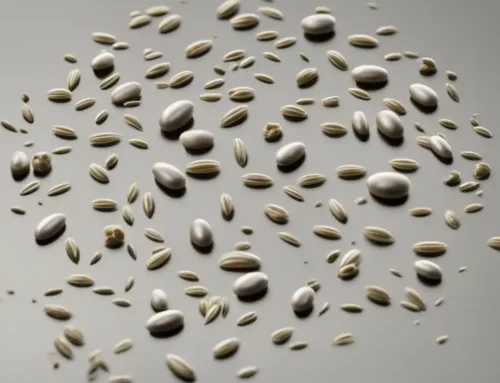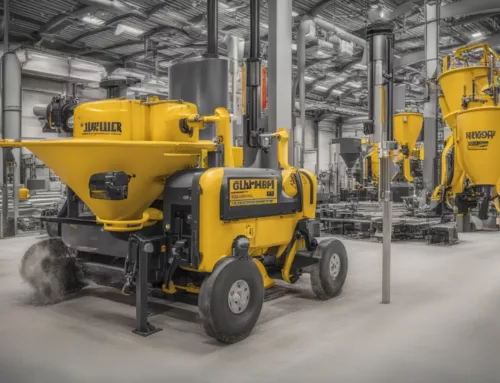10 DO’s
Powder Rheology and Dispersion
- Understand Particle Size Distribution:
Analyze and comprehend the particle size distribution for effective powder dispersion.
2. Use Suitable Dispersing Agents:
Select appropriate dispersing agents to enhance the dispersion process and stability.
3. Control Environmental Factors:
Manage humidity and temperature to prevent agglomeration and ensure consistent powder behavior.
4. Optimize Mixing Speed and Time:
Adjust mixing parameters to achieve optimal dispersion without causing excess energy input.
5. Regular Equipment Calibration:
Calibrate equipment regularly to maintain accuracy and precision in powder processing.
6. Thorough Powder Characterization:
Conduct comprehensive characterization of powder properties to tailor dispersion methods.
7. Consider Powder Wetting:
Ensure proper wetting of powders by liquids to enhance dispersion efficiency.
8. Monitor Rheological Properties:
Continuously monitor rheological behavior to adapt processing conditions as needed.
9. Utilize Advanced Measurement Techniques:
Employ advanced techniques like laser diffraction for precise particle size analysis.
10. Document Process Parameters:
Keep detailed records of process parameters to facilitate troubleshooting and optimization.
10 DON’TS
Powder Rheology and Dispersion
- Avoid Overmixing:
Overmixing can lead to particle damage and affect the overall performance of the powder.
2. Don’t Neglect Environmental Conditions:
Inconsistent environmental conditions can result in unpredictable powder behavior.
3. Avoid Using Incompatible Dispersing Agents:
Incompatible dispersing agents may lead to poor dispersion and stability issues.
4. Don’t Disregard Safety Protocols:
Follow safety guidelines when handling powders, considering potential health hazards.
5. Avoid Excessive Shear Forces:
High shear forces can cause particle breakage and alter the powder’s rheological properties.
6. Don’t Skip Powder Characterization:
Neglecting comprehensive powder characterization can lead to inefficient dispersion strategies.
7. Avoid Rapid Temperature Changes:
Sudden temperature changes can impact powder stability and rheological behavior.
8. Don’t Mix Incompatible Powder Types:
Mixing incompatible powders may lead to undesirable reactions or poor dispersion.
9. Avoid Contaminated Equipment:
Contaminated equipment can introduce impurities and compromise powder quality.
10. Don’t Ignore Equipment Maintenance:
Regular maintenance is crucial to prevent equipment malfunctions and ensure consistent performance.



